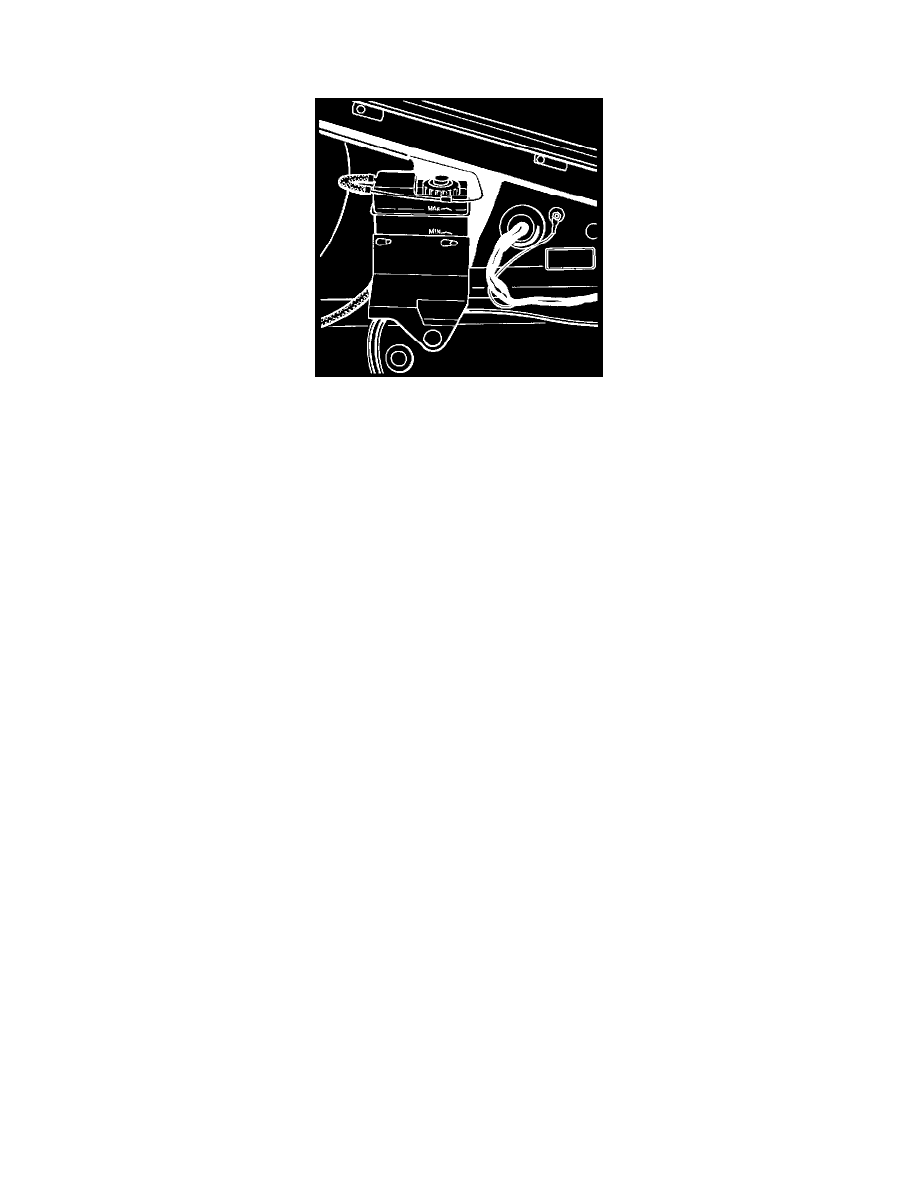911 Carrera 4S Coupe AWD F6-3600cc 3.6L SOHC (1997)

Brake Bleeding: Service and Repair
With Vacuum Brake Booster
Bleeding The Brakes (Vacuum Brake Booster)
Caution: The description below is only applicable to vehicles with vacuum brake booster.
Important notes about brake fluid
Use only new brake fluid DOT 4.
Observe the brake-fluid quality.
The brake fluid DOT 4 Type 200 used until now (change interval 3 years) is no longer available via Porsche Parts Service.
"Super DOT 4" brake fluid will be delivered instead. The change interval for this brake fluid is 2 years.
Vehicles with brake systems filled with the previous brake fluid must be filled with Super DOT 4 at the next scheduled brake-fluid change.
This brake fluid is available under the following part number:
Container volume 1 liter = 000.043.203.66
Container volume 30 liters = 000.043.203.67
Miscibility of the brake fluids:
The brake fluid DOT 4 Type 200 used until now is miscible with Super DOT 4. This means that, until the next scheduled brake-fluid change,
vehicles with brake systems filled with the previous brake fluid can be topped up with Super DOT 4.
Both brake fluids are coloured amber.
Note on water absorption:
As little as 2 % water content in the brake fluid reduces the boiling point by approx. 60°C.
Procedure for Bleeding
-
Fill reservoir to its top edge with new brake fluid. Attach bleeding device to the reservoir.
Clamp the overflow hose / bleeding hose shut with a hose clamp. The overflow hose / bleeding has been omitted as of October 1995; refer to
Technical Information, Group 4, No. 16/95.
Switch on the bleeding device. Bleed pressure approximately 1.5 bar.
-
Proceed with bleeding the brake calipers.
Sequence: RH rear / LH rear / RH front / LH front.
Open each bleeding valve until clear, bubble-free brake fluid escapes.
Make sure that both bleeder valves are bled at each brake caliper.
-
Use a recipient bottle to be able to check the escaping brake fluid for cleanliness, freedom from air bubbles and to check the quantity of brake
fluid used.
-
Observe the following details when bleeding the brakes after fitting a new brake master cylinder: Open right-hand rear bleeder valves, then
depress brake pedal several times. After depressing the pedal, keep it in the bottom position for 2 to 3 seconds and release pedal slowly.
Repeat this procedure two or three times on the left rear / right front / right rear wheels. This causes all air bubbles to be removed from the
